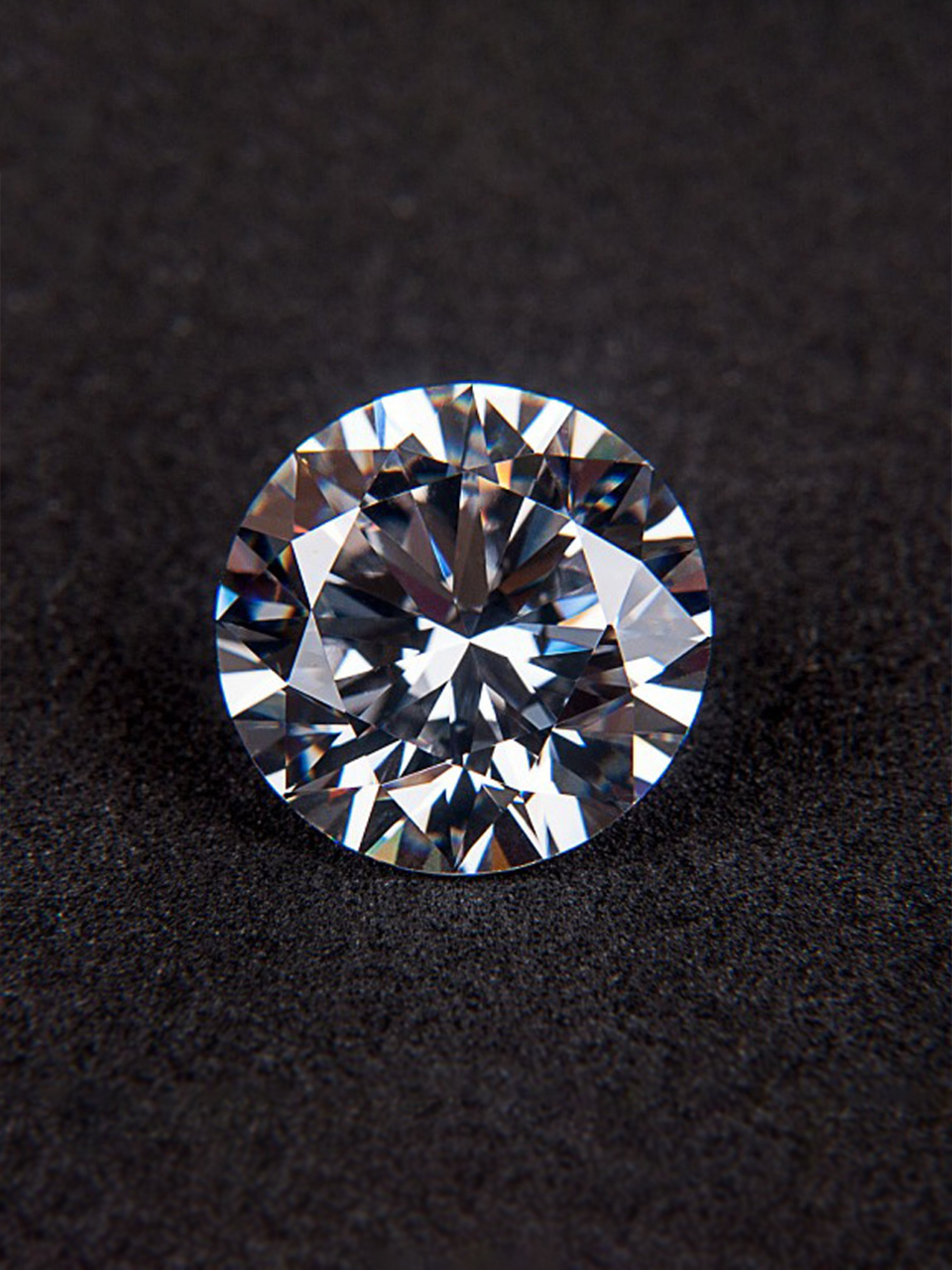
2. Lab diamonds are bad for the environment
Hey there, carbon footprint. We're all striving for improvement nowadays, and let's face it, the diamond industry hasn't always been the epitome of transparency. So, it's crucial to understand what you're getting into.
First and foremost, let's talk about electricity. Lab-grown diamonds are produced using electricity, which, as we know, isn't great for the environment. On average, lab-created diamonds consume 250 million joules per carat. Sounds like a hefty amount, right? Well, compare that to mined diamonds, which use 538.5 million joules. However, certain lab diamonds, such as those from Diamond Foundry, are cultivated using 100% renewable energy. If sustainability is a priority for you, lab grown is the way to go.
Beyond the electricity issue, lab-created diamonds also require significantly less water per carat compared to mined ones—only 18 gallons versus 126 gallons. Moreover, they boast substantially lower carbon emissions. In essence, if you're concerned about climate change, flaunting your support for the cause with a dazzling lab-created rock is an excellent way to do so.